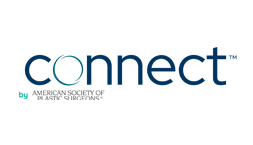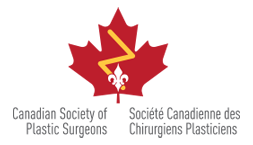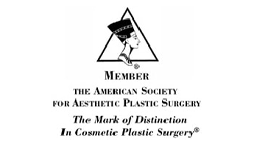19 Oct 2022
Gynecomastia Surgery and Steroid Use
Many patients come to us with a history of past or present use of hormonally active medications and supplements. These complex chemicals may have been used to help increase muscle bulk, or were used to help reduce the appearance of gynecomastia. We also see patients who appear obviously ‘swole’ but deny taking hormone supplements.
Use of testosterone, anti-estrogen, human growth hormone and other supplements create a number of problems related to gynecomastia surgery.
- Systemic Risks from surgery: hormonal supplements can affect the ability of blood to clot, and coupled with the increased coagulability arising from surgery can trigger dangerous intravascular clotting that can produce pulmonary embolism, stroke and myocardial infarction.
- Local risks from surgery: breast tissue that is stimulated by hormones is highly vascular compared to dormant gynecomastia tissue. This increases the risk of hematoma, a post-operative bleed at the surgical site that can cause wound healing problems.
- Recurrent gynecomastia: even if all abnormal appearing glandular tissue is removed at gynecomastia surgery, there remain cells capable of developing new glandular tissue if exposed to hormonal stimulants. This hormonal stimulation can occur through renewed supplementation, or can occur secondary to your own body’s rebound response to past or present drugs.
We generally recommend that our patients be off all supplements for 6 months before we will offer gynecomastia surgery, but the correct period of abstinence to avoid these problems is difficult to predict with certainty.















